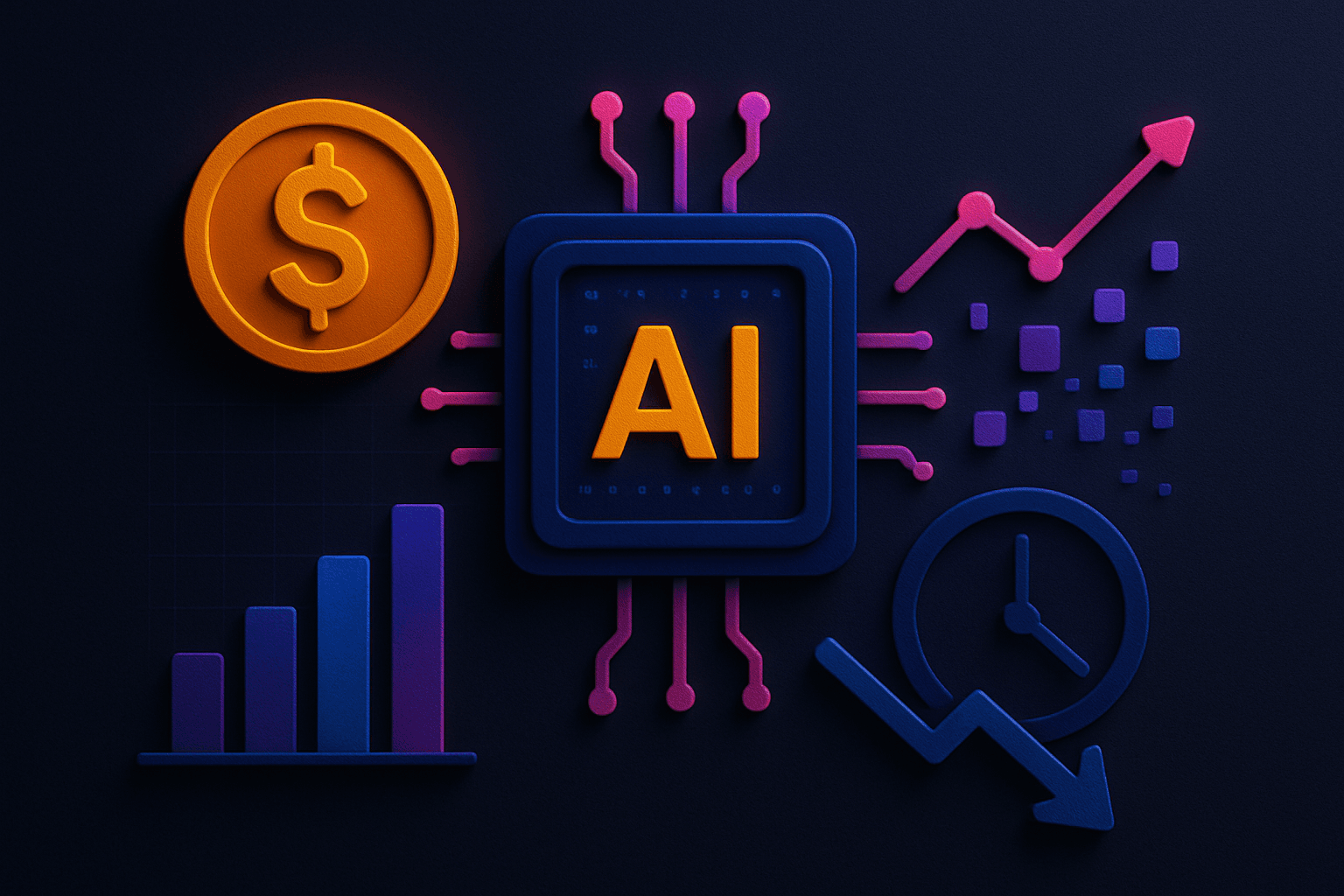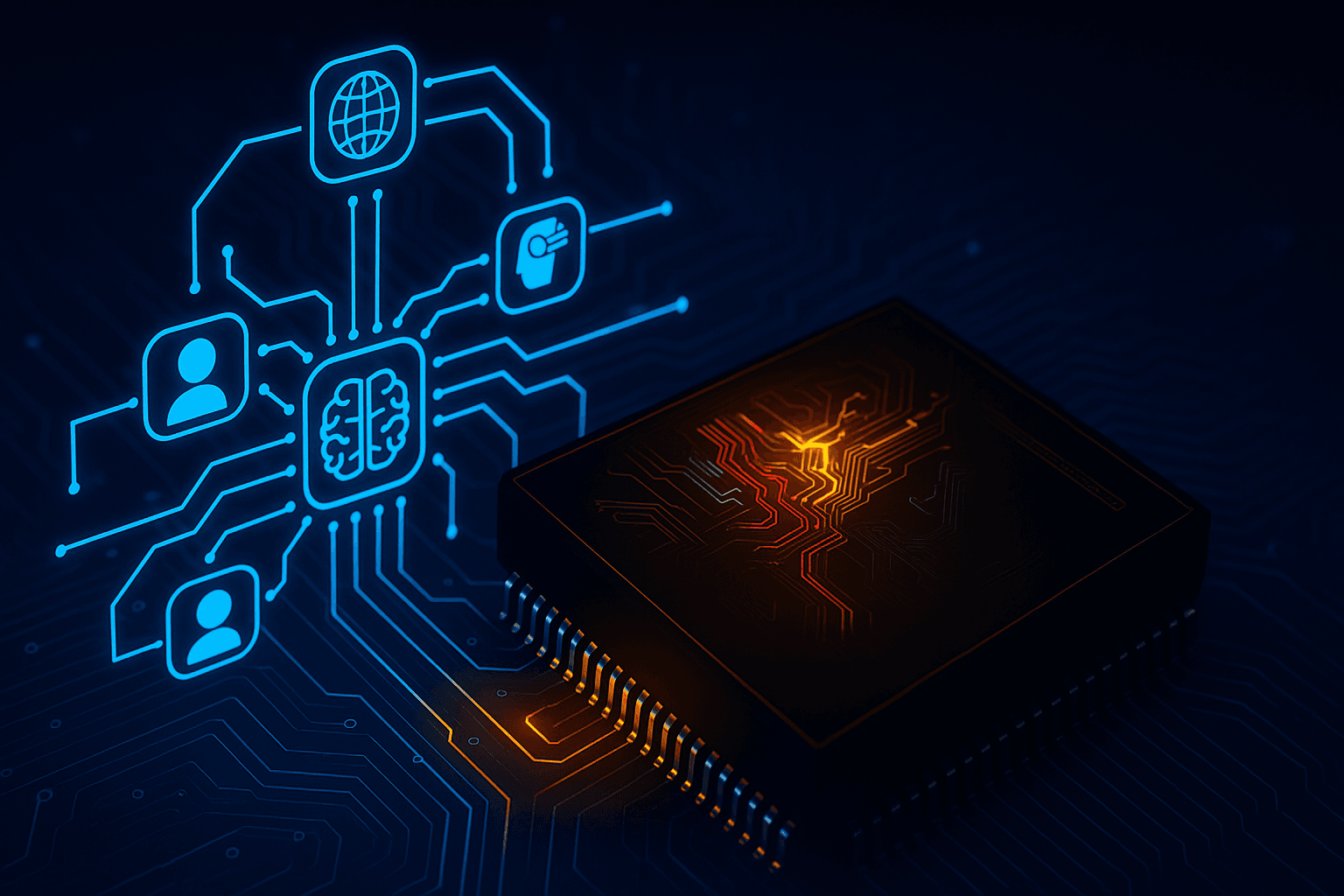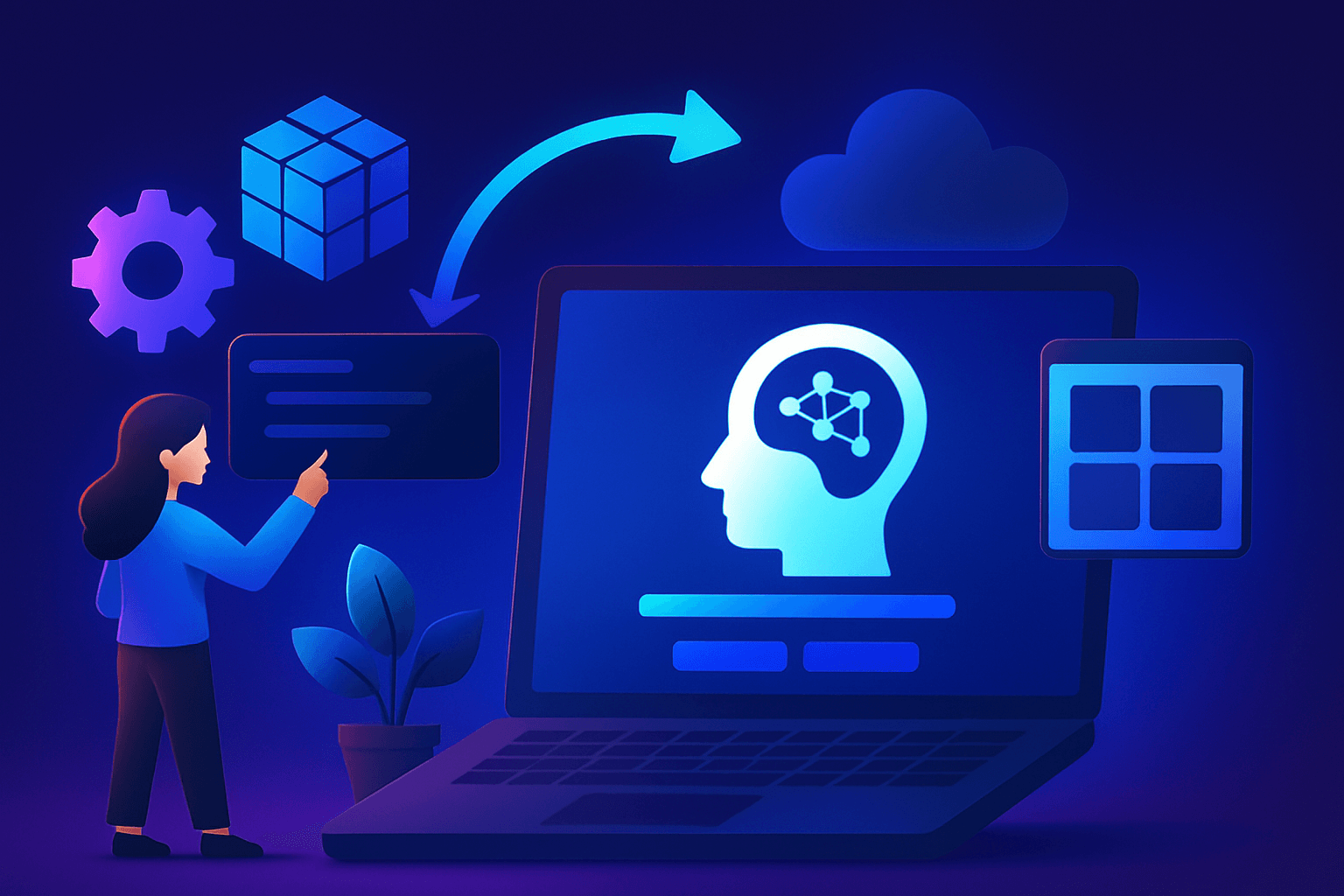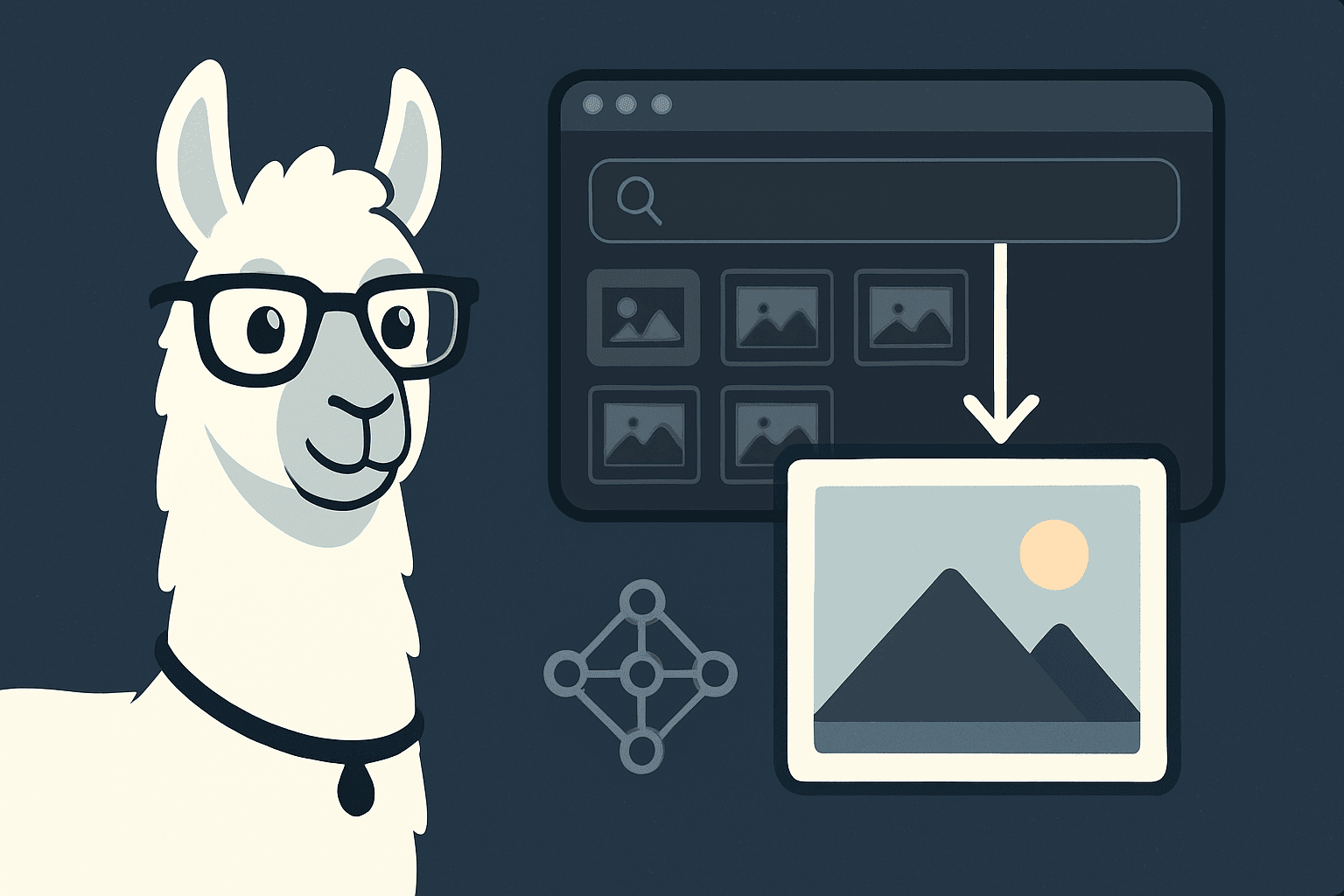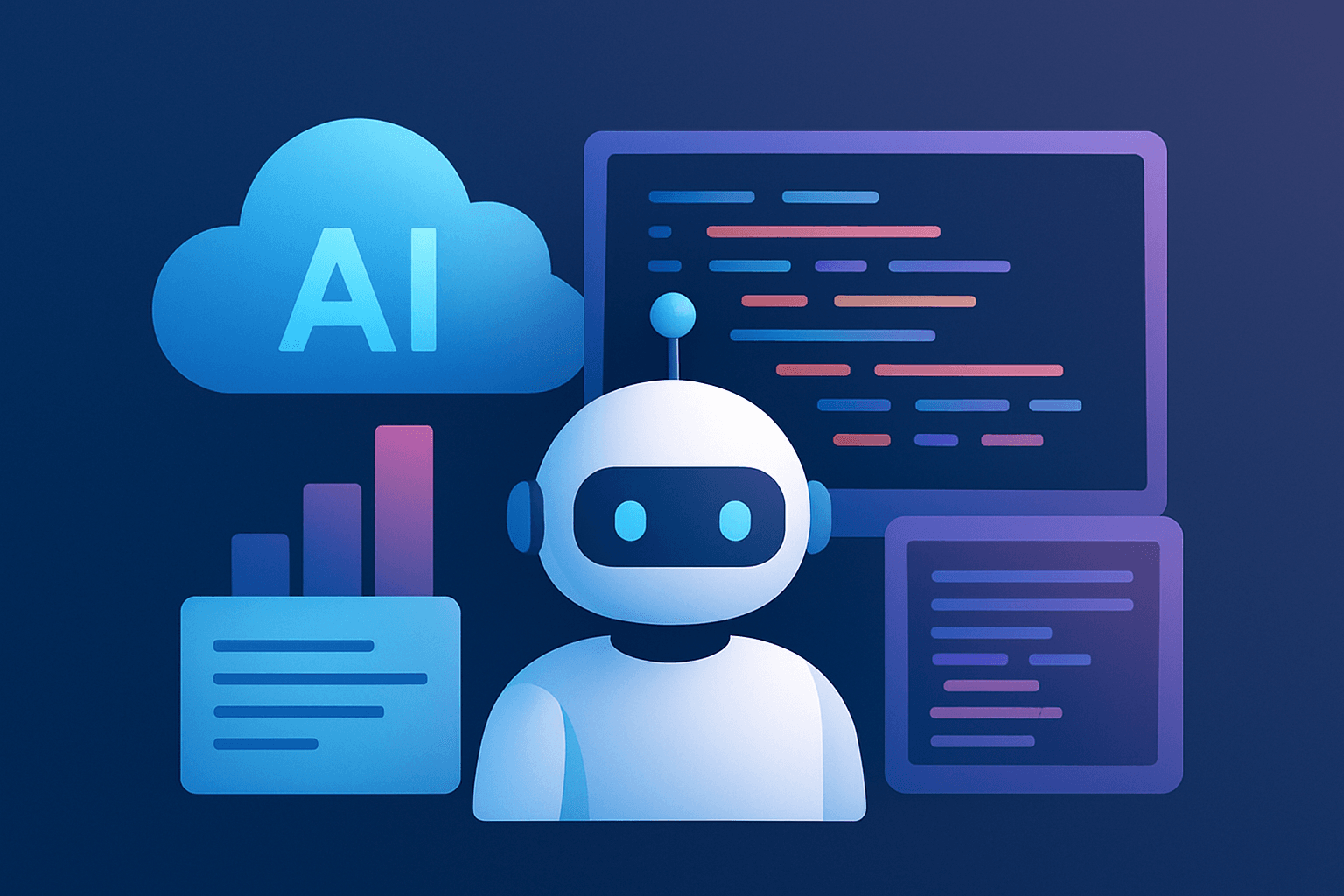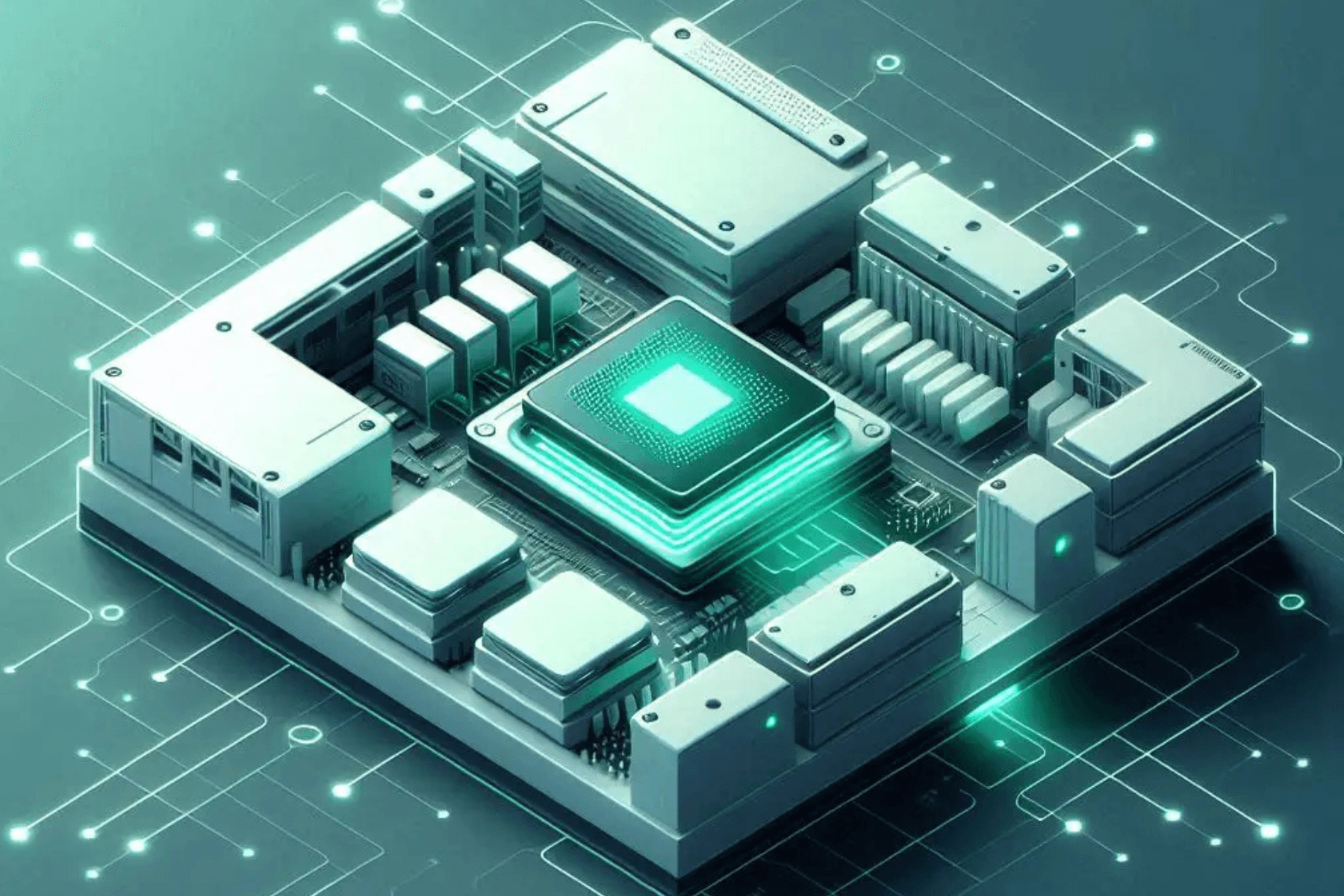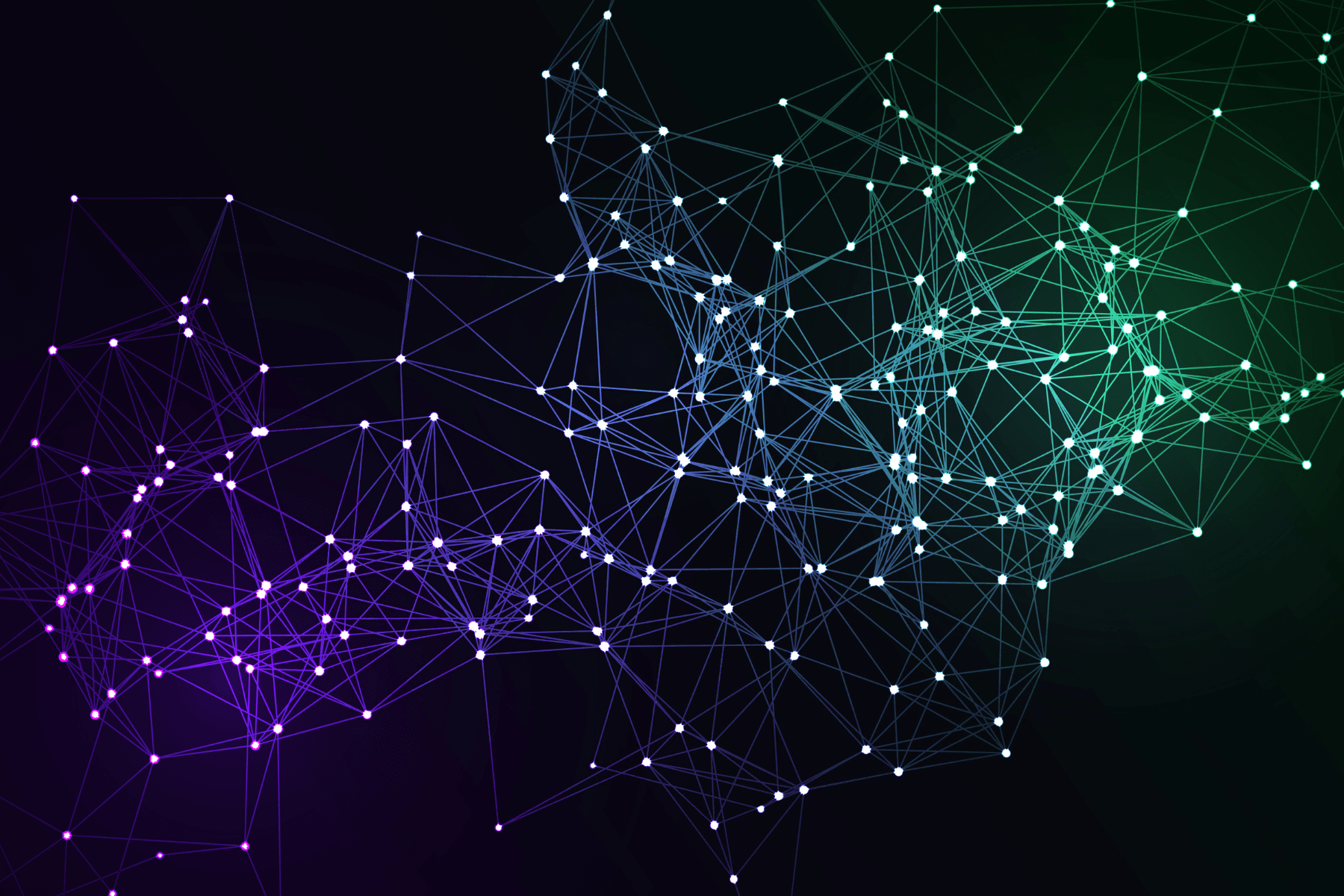We are living in a world that had to transition into an alternate dimension of remote models almost overnight. While such scenarios may sound cinematic and have a certain ring of tech-driven innovations, the actual transition was still pretty rocky for many organizations. Although the pandemic popularized the concept of 'no contact', it is safe to say that there were already technologies in place that embraced this concept long before the virus hit the world. Such technologies had gained an elevated prominence in recent years, around the time when advancement became synonymous to implementation of high-tech solutions.
So, it is not just the pandemic that has driven the growth of consolidated no contact solutions; it is also the fact that organizations have always been in dire need of systems that empower their infrastructure, management, and security. And what better than Artificial Intelligence to facilitate the said?
AI with Cloud Computing
Artificial Intelligence is one arena that has left an impact on every other industry. Be it hospitality, marketing, eCommerce, healthcare, finance, human resources, or even IT, AI imprints can be found on all of these landscapes without having to look much further.
Talking about the transition from separate processes to a consolidated, yet remote infrastructure, cloud computing has witnessed quite some traction from the AI arena, because of its ability to transform raw data into actionable insights. These insights can be leveraged for streamlining the processes that are complexified, in regular systems.
Artificial Intelligence in practice can be experienced in our day to day lives, ranging from virtual assistants to search predictions and personalized content. But cloud computing is one aspect that AI can touch in the most opportunistic way.
How?
Well, edge computing paired with the cloud is a driver of enhanced connectivity, but all of these backed by AI are accelerators of low-latency, consumer-oriented solutions.
How can we see AI in practice?
If you look closely, almost all high-tech solutions are now instilled with the AI element. But let's talk about cloud computing AI in practice.
Let's start with understanding what exactly AI is.
Ever wondered how a human brain works? It's complex, true. But it's also fascinating. The human is a conscious machine and creates cognitive functions simulated by neuronal connections.
Great. But what does that have to do with AI?
AI functionality is quite similar to what a human brain can do. AI can mimic a high-functioning brain's mechanisms and integrated deep learning with the possibilities of advanced results.
In simple words, AI machines are smart machines that can perform intelligent tasks with reasoning capabilities, extremely useful for factual decision-making.
The correlation and expansion scope between AI and Cloud Computing
Now, coming to cloud computing, in today's time, having a cloud computing system integrated with the core functioning of your organization is a competitive advantage in itself. While enterprises are struggling to maintain their data and optimize their digital infrastructure, cloud computing can act as a catalyst to not bring in a tech-driven architecture and make the ecosystem highly secure.
So, when organizations go a step beyond the individualized approach of having an archaic structure for the company, they lose out on many opportunities to streamline their processes. And, AI can help a great deal with that.
Automation Boosts ROI
Today we can deploy AI-driven systems to allow our cloud applications to learn the tedious processes and automate the same. It can boost not only the ROI but also support the cloud components across multiple IAAS partners. The system learns how to manage itself and gives elements the scope to focus on the tasks they are meant to perform.
Additional Safety and Security
Added security is another benefit that comes with cloud servers and AI in practice. When you switch to cloud solutions, only quite a few of them will give you the sense of added security along with compliance of regulations. Cloud computing, paired with Artificial Intelligence and Machine Learning, can help you predict any potential threats to your infrastructure. It also safeguards your data making your network highly reliable. If the data is safe, so is your business! Hence, the cloud with ML capabilities is the way to go.
Smarter Network
Another prominent feature of smart cloud is that it can allow your network to be smart too. This means that as businesses collect a ton of data, every day, a lot of this data goes to waste, when not used for the benefit of the corporation. AI can analyze that data, train complex models, make advanced predictions, and support the evidence-based decision-making process. Depending on the type of business, it is suggested that organizations research and then leverage the best-suited cloud AI and put it to practice. E2E's GPU Cloud is suitable for a wide range of uses and can fit like a glove in varied attributional hands.
It's time that we embrace the technology around us and harness it for our businesses' advantage. An outmoded organization with low digital literacy and adoption will always be the organization that didn't change with time and became irrelevant to the world! AI and cloud computing are progressing at an astonishing rate, and the only smart thing to do is, utilize its power to build a solid analytical framework for your organization.
Please find the signup link for Trial :https://bit.ly/31vYwEA
